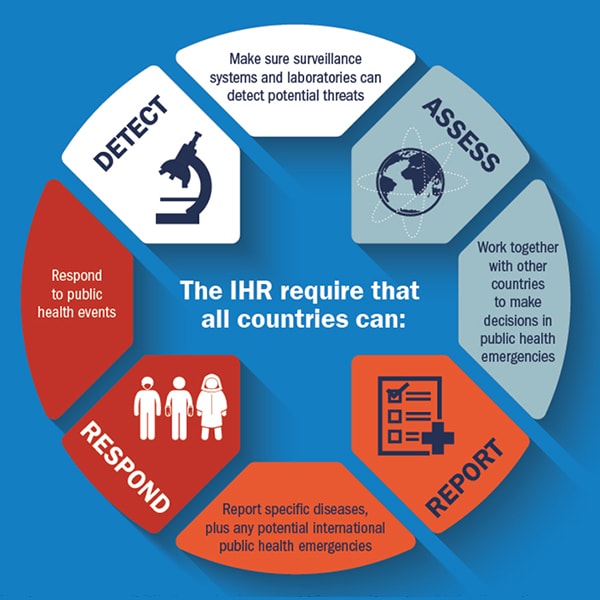Distinguishing Between Primary Care And Urgent Care: Making A Decision When To Access Each Solution

Write- https://blogfreely.net/wilton99burton/there-are-a-number-of-essential-aspects-that-make-going-to-a-health-care Composed By-Kaae Medlin
When it concerns your health and wellness, knowing whether to choose medical care or immediate treatment can be vital. Understanding the distinctions between these 2 solutions and identifying the specific circumstances where each sparkles is important for making educated decisions about your clinical demands. By realizing the subtleties of primary care and urgent treatment, you can browse the healthcare landscape better and make sure that you receive the ideal degree of attention when looking for therapy.
Key Distinctions In Between Health Care and Urgent Treatment
Wondering just how medical care differs from urgent treatment and when to choose each? Allow's simplify for you. Health care concentrates on precautionary care and handling total health and wellness. You check out a health care doctor for routine examinations, inoculations, screenings, and ongoing health issues. This sort of care establishes a long-term connection with a healthcare provider that understands your medical history and can guide you through numerous wellness problems.
On the other hand, immediate treatment is for instant clinical demands that arise all of a sudden. If you have a minor injury or disease that requires timely attention however isn't deadly, urgent treatment facilities are geared up to handle it. They supply extensive hours and walk-in visits, making them practical for unexpected wellness problems that can not wait for a medical care browse through.
Variables to Consider Before Choosing Care
Prior to choosing between health care and urgent treatment, think about reviewing the severity of your clinical concern and the urgency of treatment needed.
Initially, examine the seriousness of your signs. If you're experiencing mild signs and symptoms like an acute rhinitis, breakout, or minor sprain, primary care might appropriate. On the other hand, if you have serious signs such as breast pain, difficulty breathing, serious allergies, or deep cuts calling for immediate interest, urgent care is likely more appropriate.
Furthermore, take into consideration the time of day and day of the week. Health care clinics normally run throughout normal business hours, while urgent care facilities commonly use prolonged hours and weekend break availability.
An additional aspect to consider is cost. Urgent treatment sees are usually extra pricey than primary care check outs, so if expense is an issue, primary care may be the much more economical choice.
Understanding When to Seek Urgent Care
To establish when to look for urgent care as opposed to primary care, assess the intensity and urgency of your clinical concern, focusing on signs and symptoms like upper body pain, difficulty breathing, extreme allergic reactions, or deep cuts that demand prompt attention.
If you experience abrupt and extreme chest discomfort, especially if it emits to your arm or jaw, it can indicate a cardiac arrest, demanding urgent clinical evaluation. In Suggested Looking at , difficulty breathing, specifically if it comes on instantly or is accompanied by upper body rigidity or hissing, might represent a severe respiratory problem that requires punctual attention at an urgent treatment facility.
Extreme allergies, such as swelling of the face or throat, hives all over the body, or problem ingesting, could indicate anaphylaxis, a lethal problem that demands immediate therapy. Deep cuts that are hemorrhaging a lot, gaping open, or exposing underlying tissue must be reviewed at immediate care to prevent infection and guarantee correct injury closure.
If you experience any of these symptoms, looking for urgent treatment quickly is essential for your health and well-being.
Verdict
Ultimately, understanding the difference in between health care and urgent care is crucial in ensuring you receive the proper degree of clinical attention for your requirements.
By thinking about aspects such as the intensity of signs and symptoms, time constraints, and clinic accessibility, you can make a notified decision on whether to seek routine treatment from a health care carrier or prompt interest from an urgent treatment center.
Prioritizing your wellness and wellness starts with understanding when to look for each solution.

